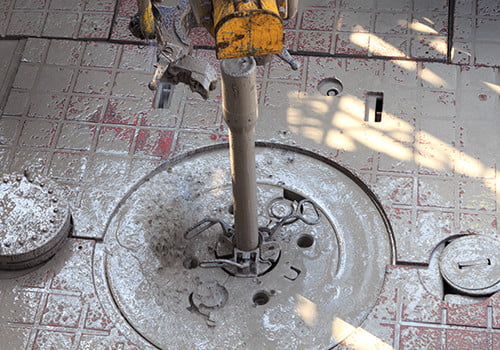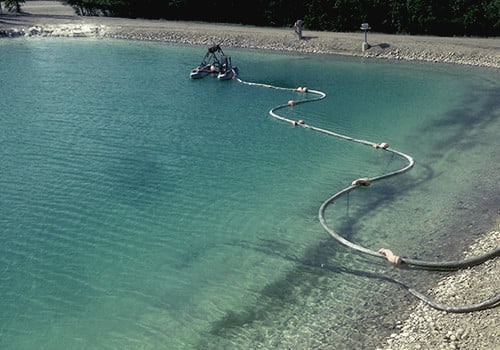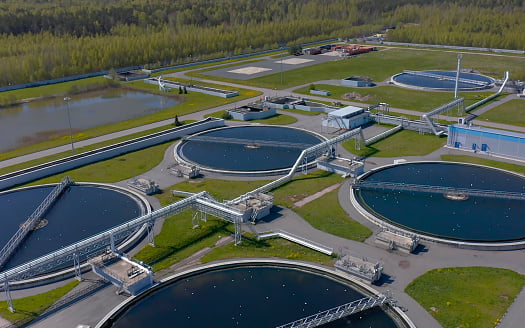Services
Get A QuoteOur Services
We manufacture, sell, service, and rent centrifuges, and dredges including all associated equipment for drill mud, H.D.D. rigs,
sumpless drilling and dewatering of industrial and municipal sludges and Hydrovac slurry.
OIL & GAS
Our centrifuge packages ensure formation solids are removed from the drilling mud economically and efficiently with barite recovery options. With our complete dewatering packages, we perform the procedures necessary to ensure uninterrupted operation for the drilling company.

Municipal & Industrial Lagoons
Water Treatment and Waste Water Lagoon Dredging and de-watering
Our complete dewatering package produces a workable solid that can be stored or moved. Whether the product is composted, landfilled or used as day cover, it adds economic value to our environment.
During the solids removable process, all reclaimable water is salvaged ensuring proper uninterrupted wastewater management.

Dewatered Sludge Disposal
Sludge is what is left over after sewage has been treated at any wastewater treatment plant. Sewage sludge is any solid, semisolid or slurry residue material left as a by-product of wastewater treatment processes. Wastewater undergoes various complex processes at a treatment plant so that it can safely go back into the environment. While treatment plants do a good job of cleaning and recycling the water, the sewage sludge, or biosolids, still need to be
processed.
There are many different kinds of disposal and treatment methods available in wastewater treatment plants. Technology has helped us develop sustainable methods of disposal, but there are still opportunities to improve and maximize biosolids value-added as a product. Keep reading to learn more about the most commonly used methods to dispose of sewage sludge today.

Wastewater Treatment
There is an untapped wealth found in wastewater. Experts believe that the government has been viewing the wastewater treatment process incorrectly for a very long time. We need to stop looking at wastewater management from a cost point of view, and begin to view it from an energy recovery point of view.
There is a significant opportunity that lies within the potential to convert biosolids or biogas into energy. This energy could then be used to run the wastewater treatment facility itself or sell the leftover energy into the power grid to offset energy costs.

